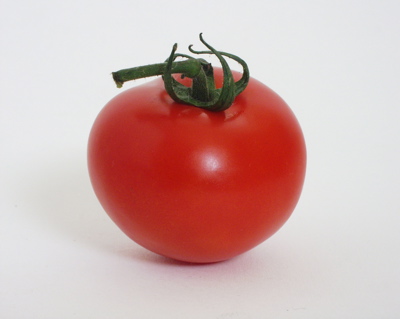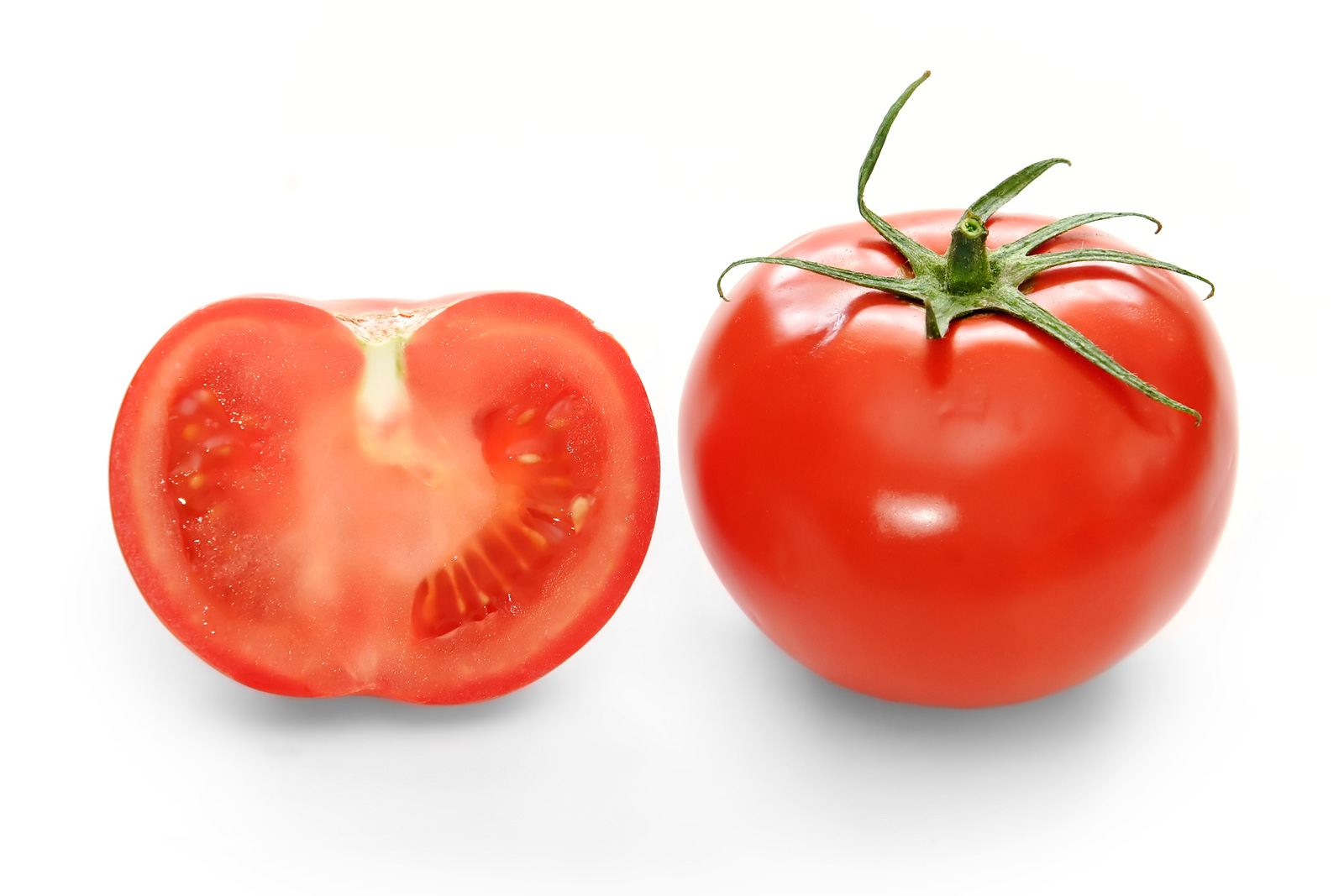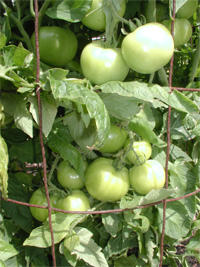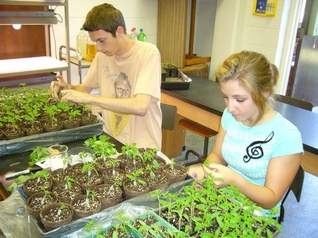Martha Montelongo writes:
Nearly every industry sector is feeling the pain of the current economic downturn. Agriculture is no exception, although it seems that banking, automotive and housing sectors garner front page headlines.
California's agriculture is a big deal. The UC Agricultural Issues Center reports that, if California were a country, its agricultural value alone would rank among the top 10 countries of the world. In addition to farms, about 90,000 commercial establishments in California are connected to agricultural production.
Agriculture has long been the backbone of California's economy, and an engine of economic growth. Yet, agriculture is facing serious threats which could have dire consequences for those who grow the food to those who enjoy it at their dinner table each night. It's not to say that one industry sector is more important than another, but food is a daily necessity for everyone.
Major issues face our local and state economy related to agriculture. Key concerns include drought, lost jobs, food production, and increases in farm regulation.
Let's start with drought. According to the California Department of Water Resources the state is facing its third year of drought. Even with recent rains, precipitation remains below normal, and major storage reservoirs are at dangerously low levels. The drought has economic repercussions which include loss of thousands of jobs, increased fire risk, crops idled, and construction projects on hold because water supply cannot be guaranteed. A final factor impacting the drought is climate change.
Recently, the Wall Street Journal reported that unemployment in California's agriculture sector is at an all time high. The number of jobs lost continues to accelerate. This is devastating because agriculture employment comes with a multiplier effect of almost 2:1, meaning for every two jobs in agricultural production and processing an additional job is created in the state, according to a recent UC figures.
That's why I was intrigued when several callers to my radio show about the importance of water to agriculture mentioned SK Foods. They are one of the region's and the agricultural sector's largest employers, upon which 6,000 California families rely for their livelihoods. According to others I talked to locally, SK Foods not only creates jobs, but supports local jobs from those who grow the crops, supply them, ship their product and bring them to market -- and likely there are many others whose names I will never know but whose quiet success underpins the continued economic competitiveness of our state.
Buy local food online: A storefront for every farm
10 years ago




